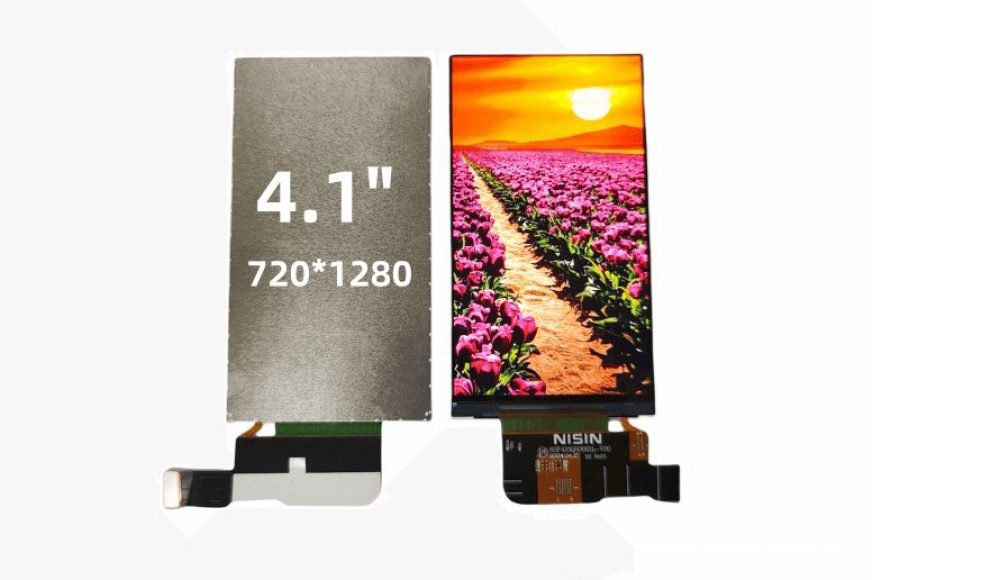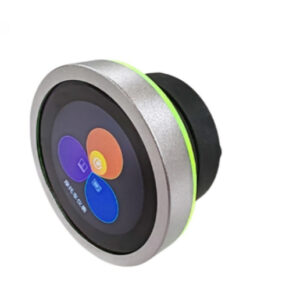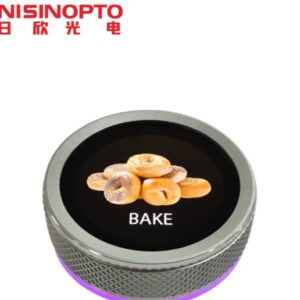In the world of modern electronics, tft lcd display modules have become a fundamental component across numerous applications—from consumer gadgets to industrial equipment. Among the critical parameters that engineers and designers must understand is the tft lcd display resolution. This specification directly impacts the clarity, usability, and overall user experience of any device featuring a tft lcd screen.
This guide aims to demystify TFT LCD resolution, providing professionals with the knowledge needed to select the ideal display for their projects. Additionally, it highlights considerations for sourcing from a reliable tft lcd display manufacturer or supplier.
What is TFT LCD Display Resolution?
TFT (Thin-Film Transistor) LCD technology improves the sharpness and response times of traditional LCD screens by using a transistor for each pixel. The display resolution refers to the number of distinct pixels arranged in each dimension that the screen can display. It is usually denoted as width × height (e.g., 800×480 pixels). Higher resolution means more pixels per inch (PPI), resulting in sharper images and more detailed graphics. Conversely, lower resolution reduces clarity but may lower costs and power consumption.
Why Resolution Matters in TFT LCD Screens
-
Image Quality and Detail
Resolution determines how finely details can be rendered on the screen. For applications such as medical devices, automotive dashboards, or handheld instruments, precise display of graphs, text, and images is crucial. A low-resolution tft lcd display panel might suffice for simple status indicators but won’t deliver the clarity needed for complex interfaces. -
User Experience
For consumer products featuring a tft lcd touch screen, users expect smooth, crisp visuals. Higher resolutions improve readability, reduce eye strain, and make touch interactions feel more responsive. Poor resolution can degrade the perceived quality of a product. -
Physical Size vs. Resolution
The relationship between screen size and resolution impacts pixel density. For example, a 5-inch tft lcd display module with 800×480 resolution will look sharper than a 10-inch screen with the same resolution. Designers must balance screen size and resolution to meet project requirements and budget constraints.
Common TFT LCD Display Resolutions and Their Applications
-
QVGA (320×240 pixels): Common in simple handheld devices and small industrial displays.
-
WVGA (800×480 pixels): Widely used in automotive displays, portable medical devices, and handheld terminals.
-
HD (1280×720 pixels): Found in mid-range consumer electronics, tablets, and embedded systems.
-
Full HD (1920×1080 pixels): Used in premium devices requiring detailed graphics, such as advanced control panels and infotainment systems.
-
Higher resolutions (2K, 4K and above): Mostly for large screens or specialized industrial applications demanding ultra-fine detail.
Selecting the appropriate resolution depends on the application’s visual complexity, budget, and power consumption considerations.
Factors Affecting the Choice of TFT LCD Display Resolution
1. Viewing Distance
If the device is intended for close-up use, like handheld meters or smart devices, higher resolution is beneficial. For screens viewed from a distance, such as kiosks or industrial monitors, lower resolutions can suffice.
2. Power Consumption and Cost
Higher resolution screens require more processing power and can increase battery consumption. They also tend to be more expensive. Project managers must weigh these factors when choosing a tft lcd display module.
3. Integration with Touch Functionality
When incorporating a tft lcd touch screen, resolution influences touch sensitivity and interface responsiveness. Higher resolution allows finer touch targets, which is critical for usability.
4. Manufacturing and Supply Chain Considerations
Choosing a reliable tft lcd display manufacturer or supplier ensures access to the latest technologies, customization options, and quality assurance. Many manufacturers offer tailored resolutions and sizes for specific projects, facilitating better alignment with product goals.
Selecting the Right TFT LCD Display Manufacturer or Supplier
To guarantee product success, selecting an experienced tft lcd display manufacturer is essential. Key considerations include:
-
Technical Expertise: The supplier should have proven experience in producing high-quality tft lcd display panels tailored to your industry.
-
Customization Capabilities: The ability to customize resolution, size, brightness, and touch integration is vital for differentiation.
-
Quality Control: Adherence to international standards and robust QC processes prevent defects and ensure long-term reliability.
-
Support and Service: Responsive technical support and after-sales service reduce development risks and speed time-to-market.
Reliable suppliers often provide detailed datasheets and sample units, enabling thorough testing before mass production.
Conclusion:
Understanding tft lcd display panel resolution is fundamental for engineers and designers working with display technologies. The right resolution choice affects not only image clarity but also device usability, power consumption, and cost. Coupled with considerations for screen size, viewing distance, and touch integration, it forms the cornerstone of effective display design.
Partnering with a reputable tft lcd display manufacturer or supplier further enhances project success by providing access to advanced display modules, customization options, and quality assurance. By leveraging these insights, professionals can make informed decisions that elevate their products and meet end-user expectations.




